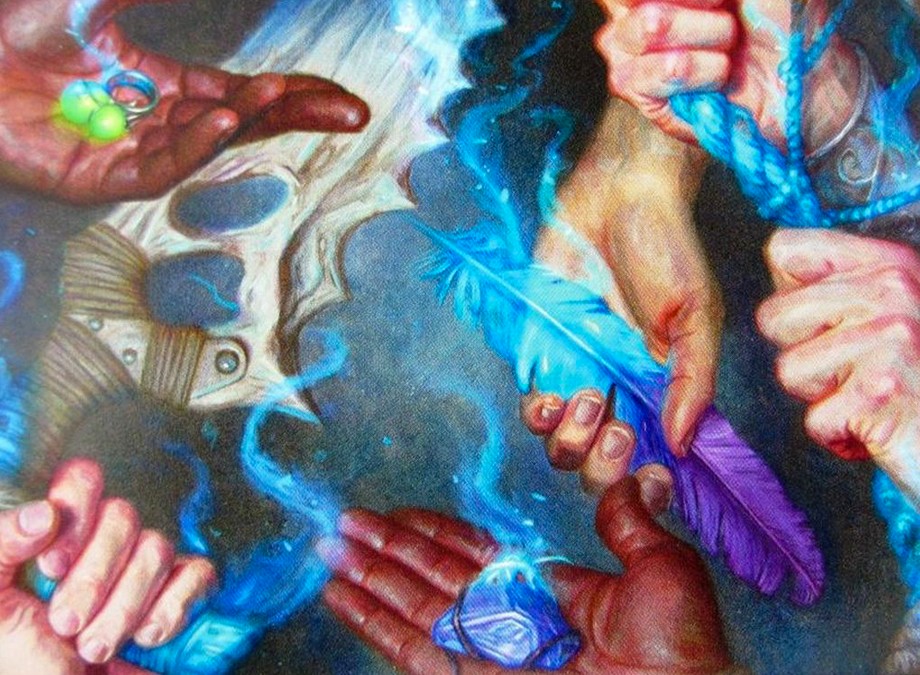As we all rest at home and keep ourselves and the community around us safe, many of us will find the itch to interact with Magic in some way. This could be through Arena, MTGO or other digital programs that allow us to play the game. My personal favourite way to stay connected to Magic in times where I can’t play the game is brewing. Being able to create various different lists quickly is something that many people often struggle with. Let’s talk about an easy blueprint for anything from a higher power level deck to a lower-powered theme deck
The Commander (1 Card)
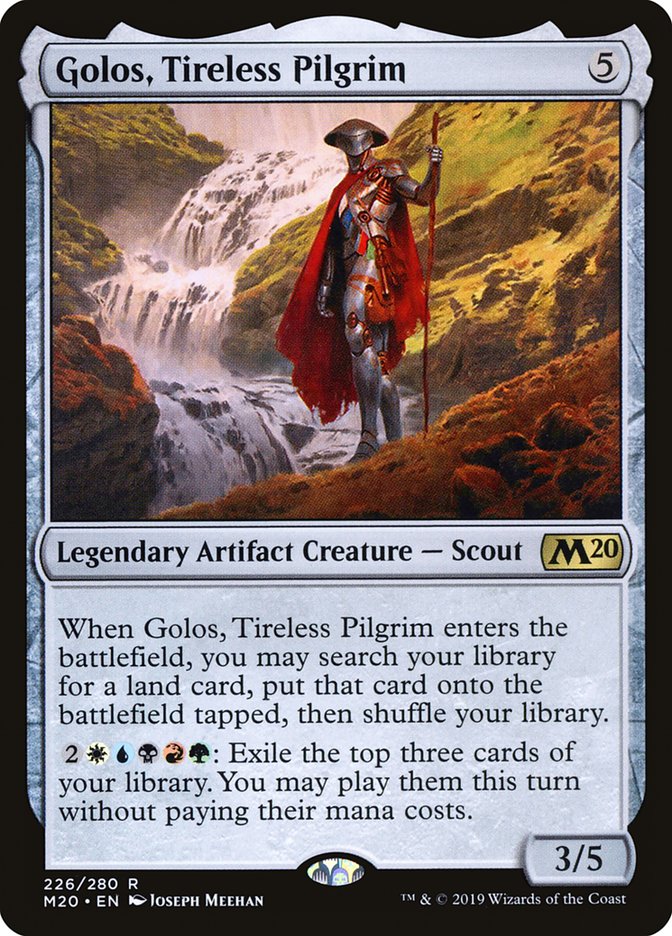
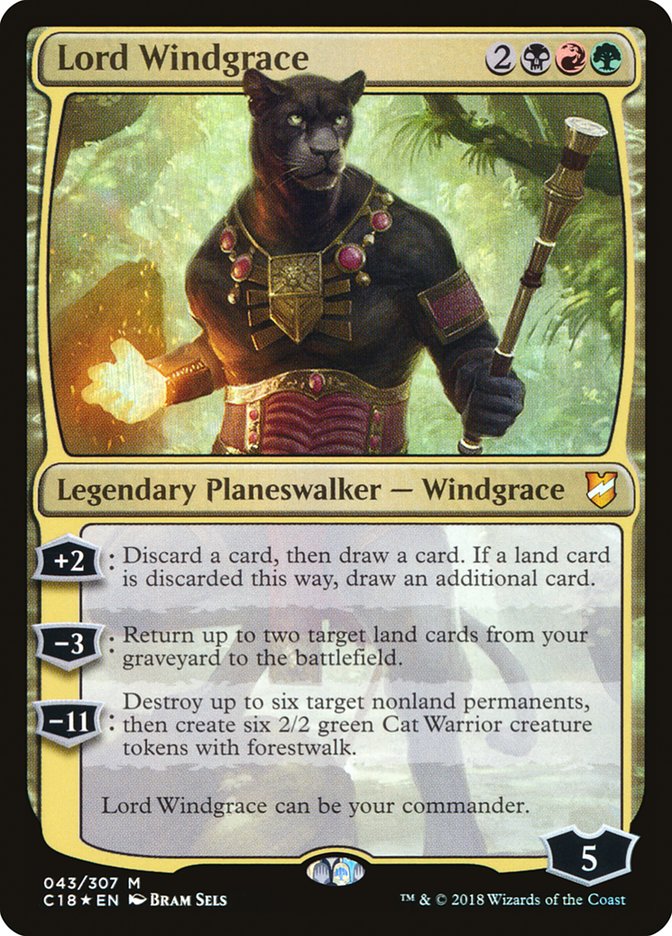
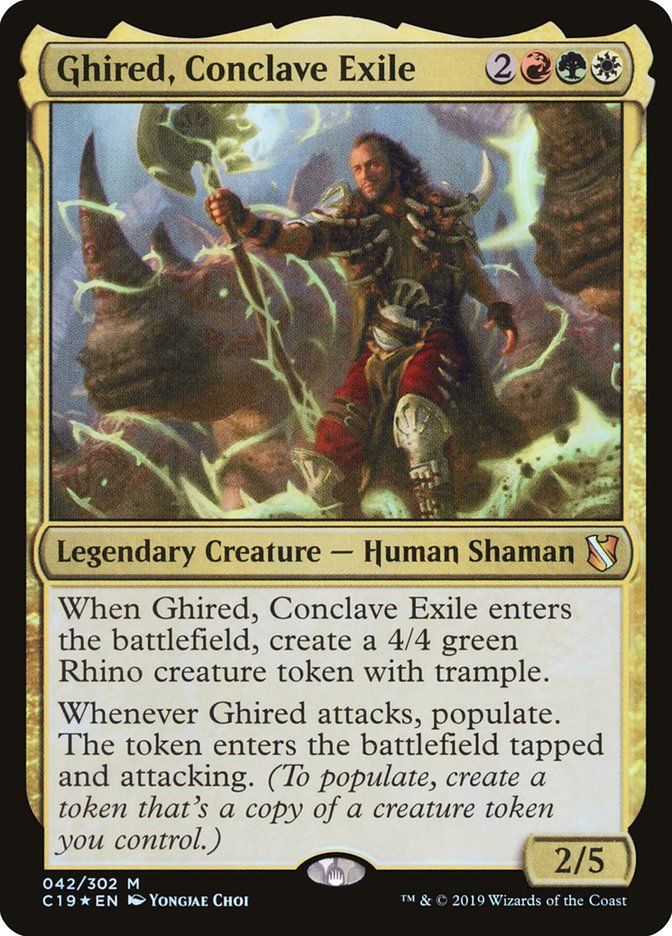
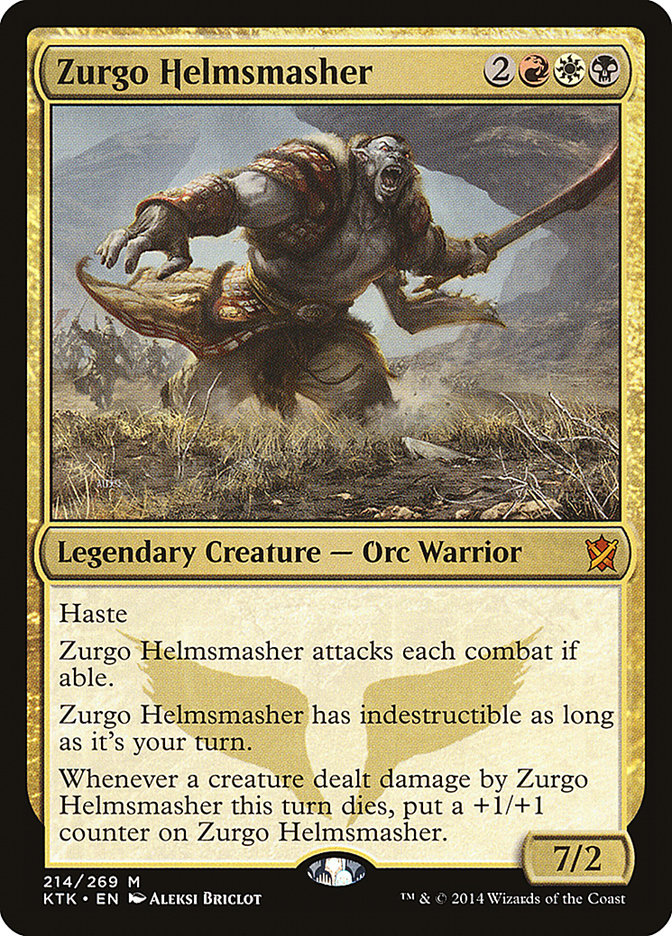
Where all Commander decks begin, with the Commander. This will define the rest of the deck's colours and perhaps even style of gameplay. It’s okay if you just want to pick a Commander to use for their colours but make sure you’re picking one that is independently powerful. Doesn’t require your deck to be built around an effect from them and is just a solid eighth card in your opening hand.
The Mana (50 Cards)
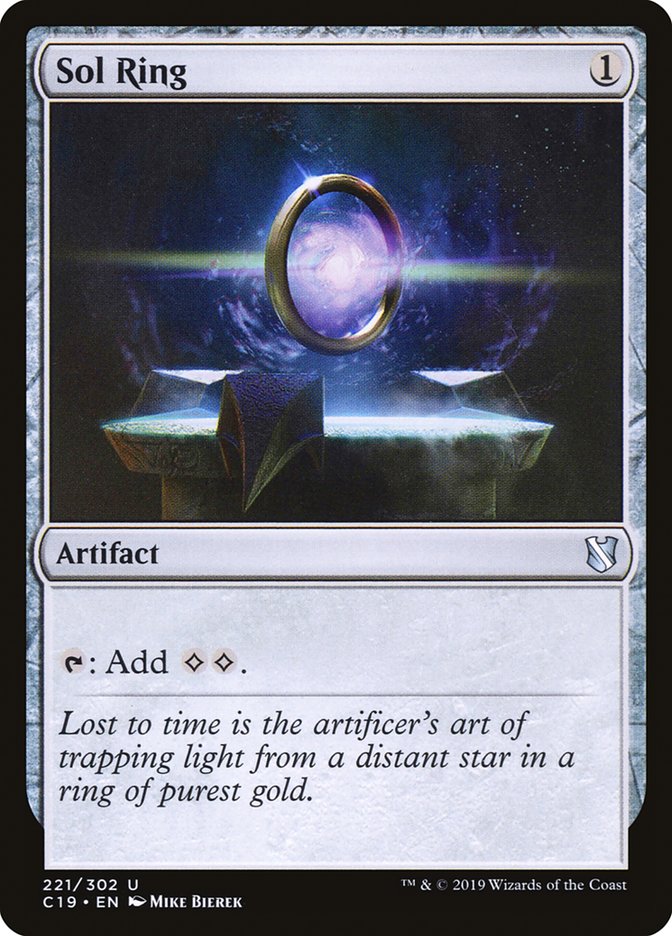
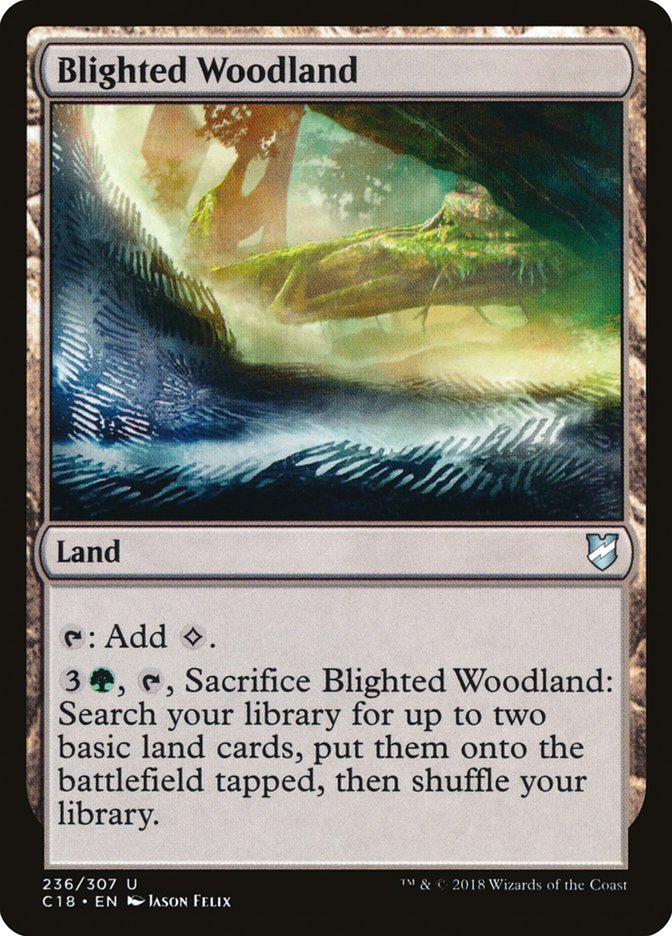
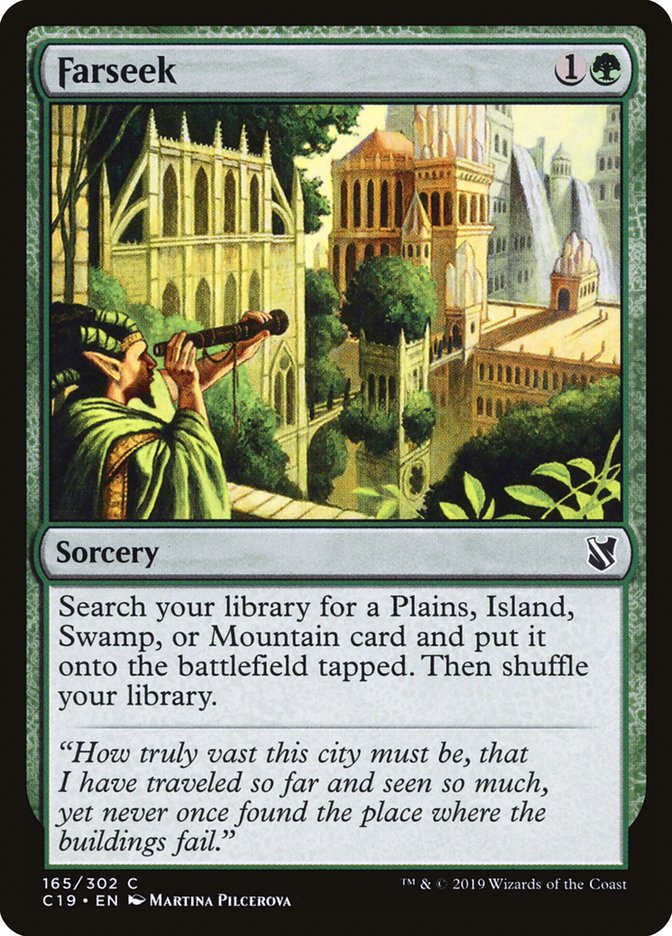
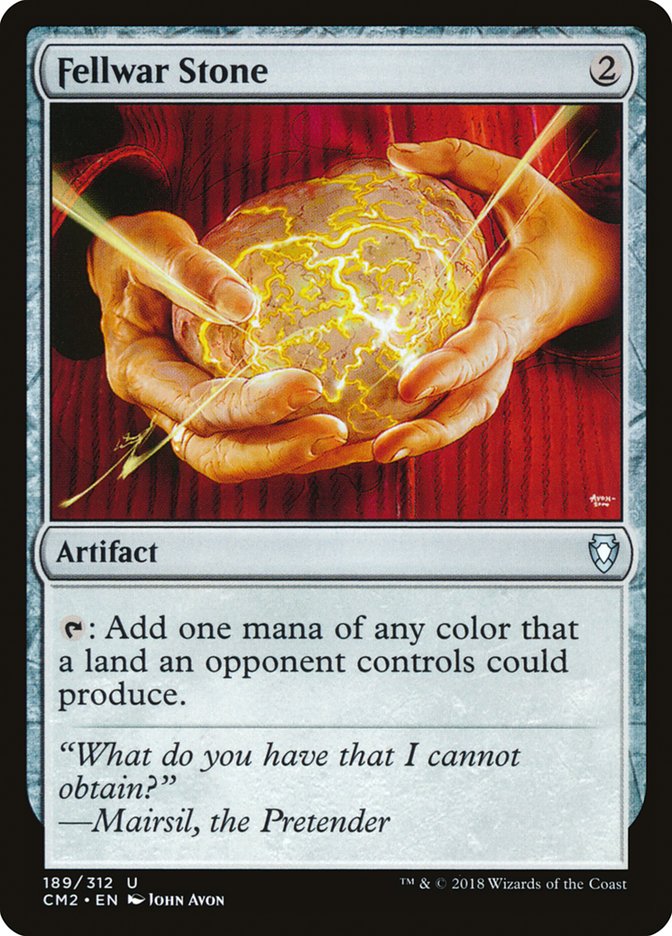
Once your colours have been determined, start with a simple base for your mana by starting with cycles of lands if you’re in multiple colours or lands that can perhaps ramp you in mono colours (see Ancient Tomb). If you’re in three colours, include three creature lands (Raging Ravine), three shock lands (Watery Grave), and three temples (Temple of Enlightenment) as well as any other cycles you find yourself enjoying in the format (or are within your budget). From there, add basics and utility lands until you hit 30-40 lands. Next, you'll move on to the spells that will ramp you. These can be mana rocks like Arcane Signet or bigger artifacts like Thran Dynamo. It could be spells that ramp you like Rampant Growth or mana dorks like Llanowar Elves. Make sure you run a sufficient amount of ramp in order to hit your big mana plays early in the game and achieve consistent mana across your games. Many players who skimp on this number often end up with a lack of lands and the inability to play their spells on curve or ahead and will fall behind.
The Plan (25 Cards)
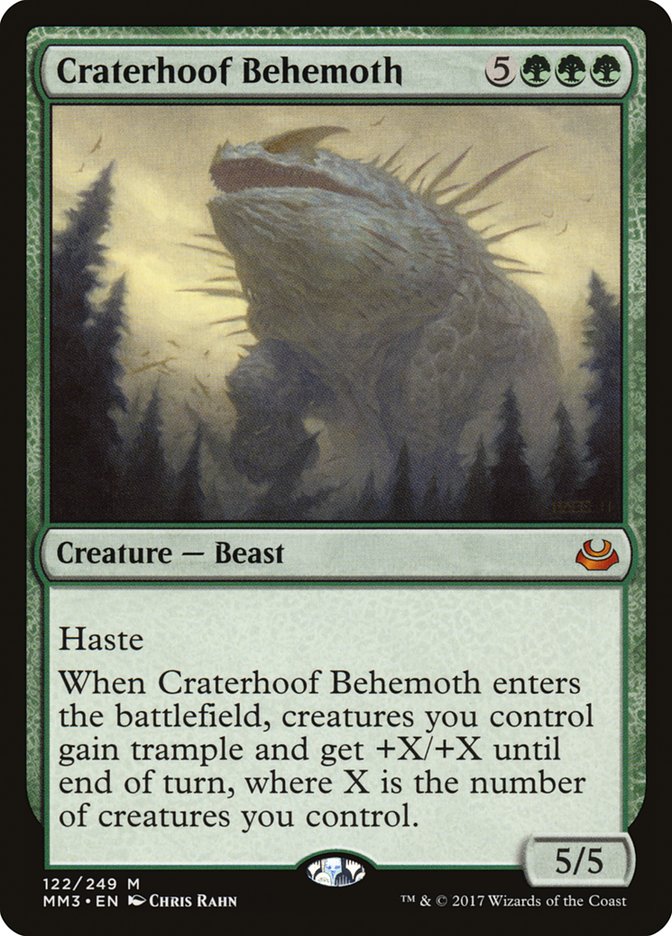
![]()
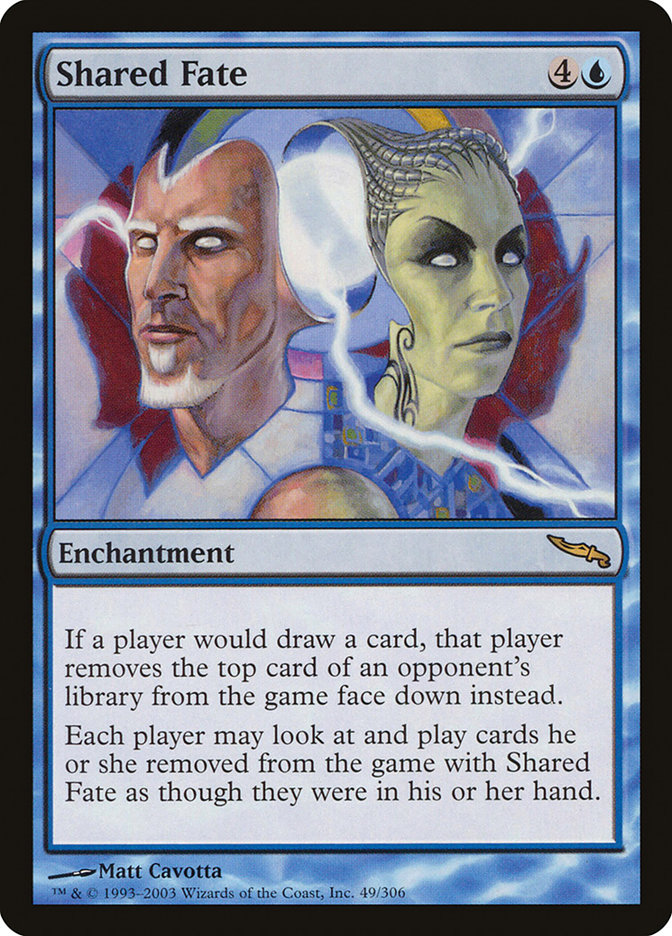
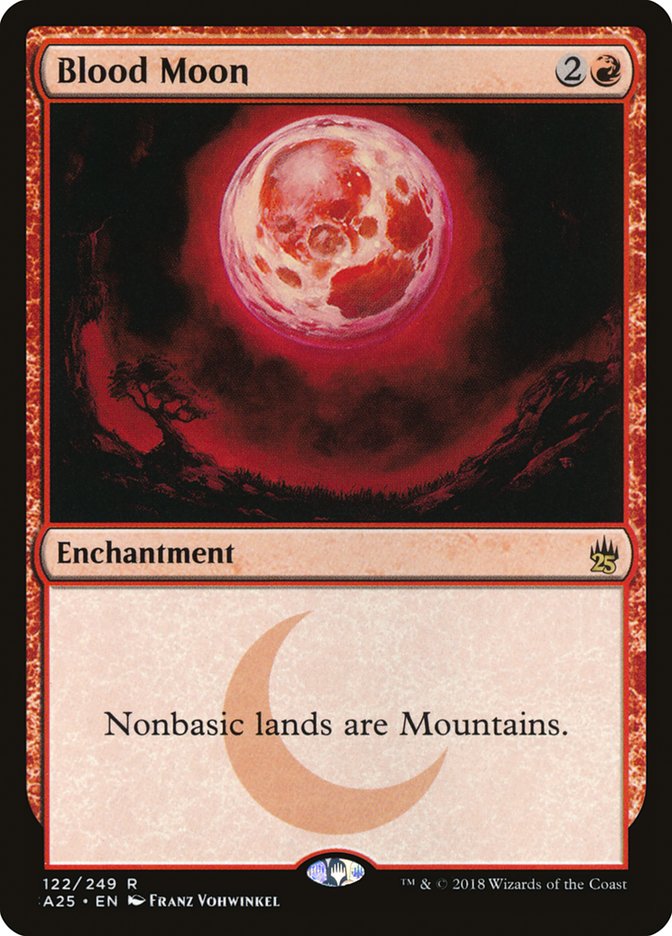
This category is where you put your core game plan and also where the numbers can start to fluctuate. Sometimes you want more in this category over some of the latter in this blueprint. You’ll include in here your win conditions, the enablers for your deck and your big crazy plays that you want to pull off at least once. Cards in this category are either independently powerful or enable something big for your deck.
The Value (10 Cards)
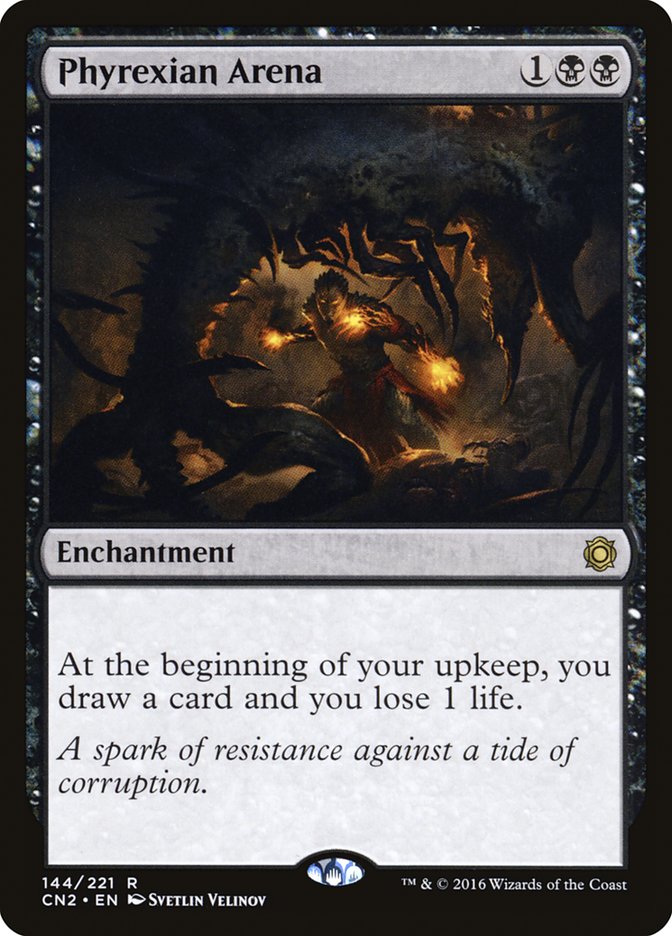
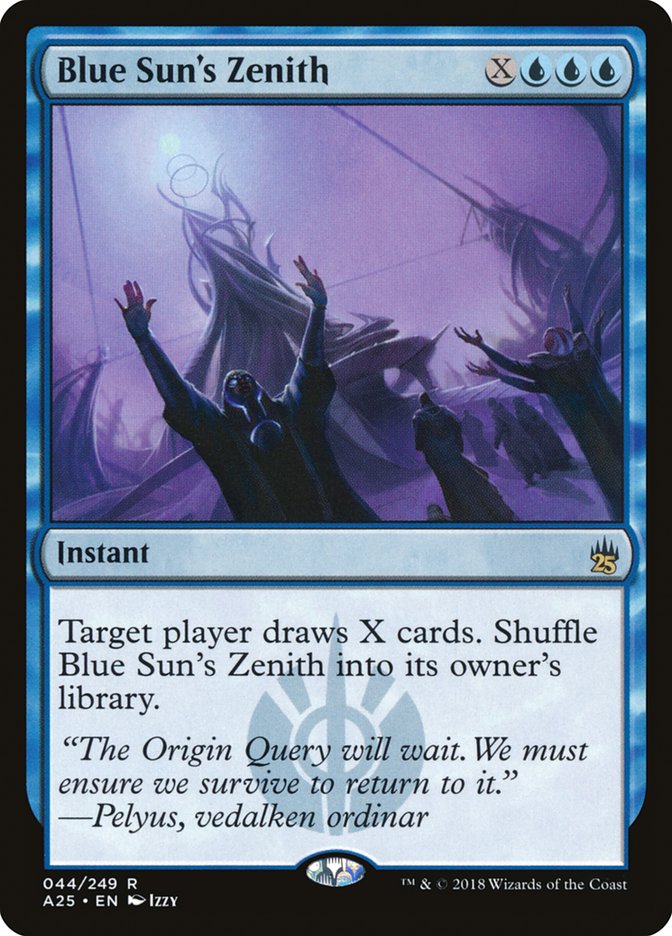
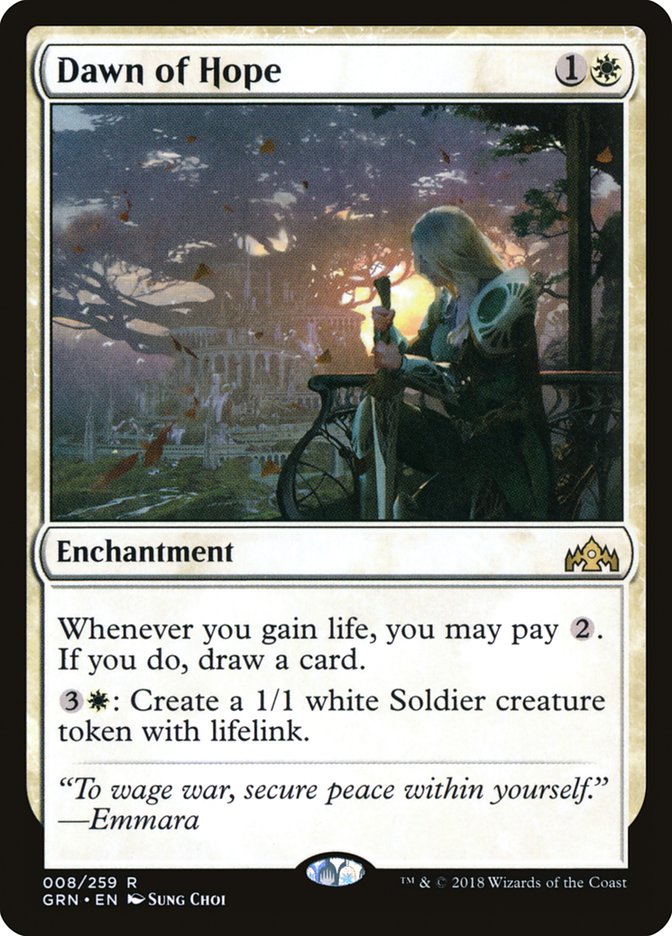
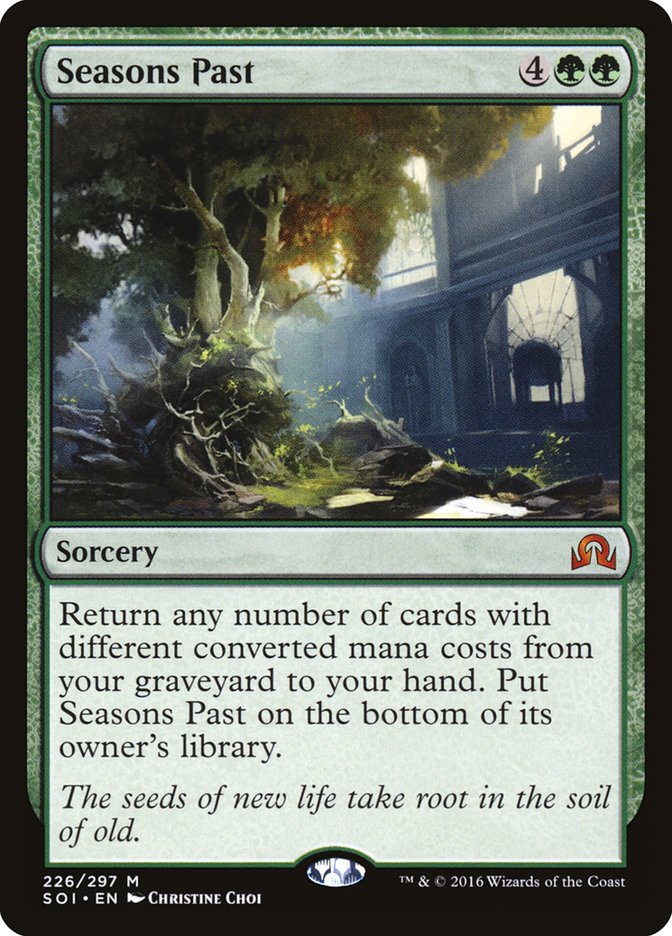
Cards in this category help you keep up with your opponents either in cards or the board state itself. The goal in this category is to let you cast multiple spells a turn and consistently be doing that. Oftentimes this can include taking advantage of all the mana available and pumping it into some sort of effect. Thrasios, Triton Hero and Dawn of Hope are both good examples of effective uses of your leftover mana. Drawing cards, ramping or creating a greater board presence will help propel you forward in longer games of commander.
The Interaction (10 Cards)
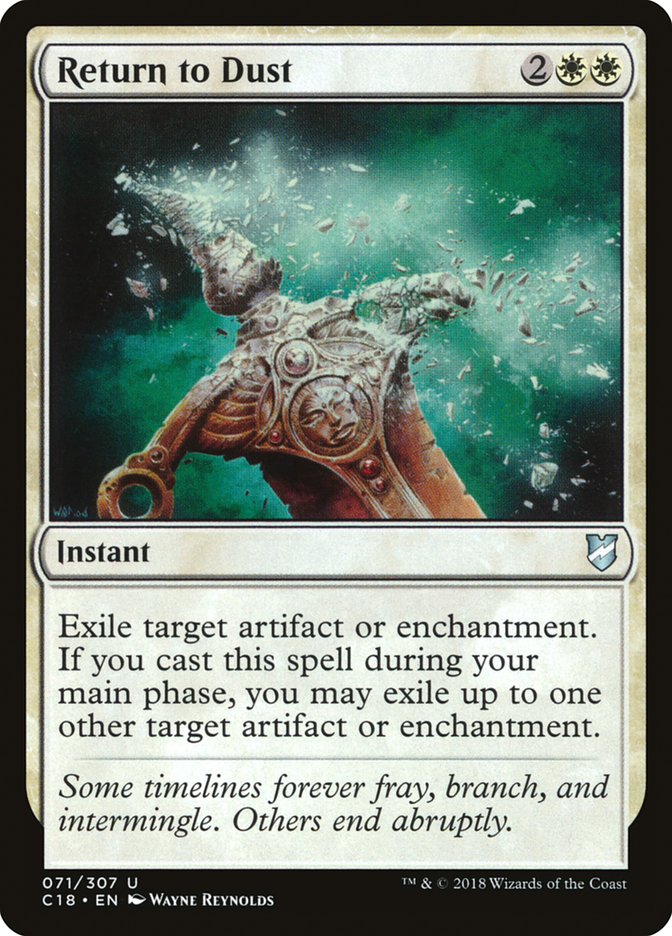
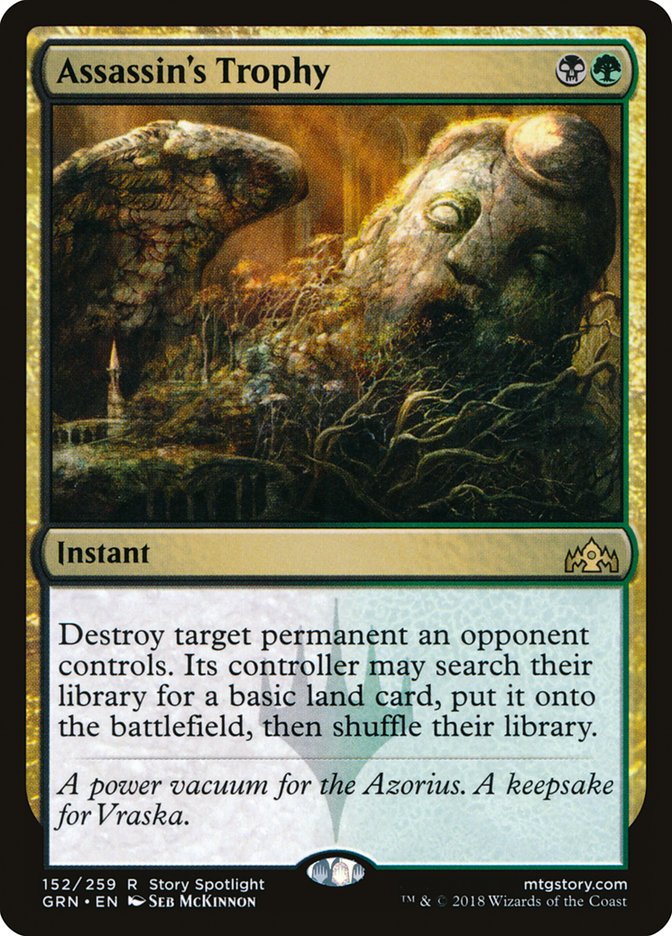
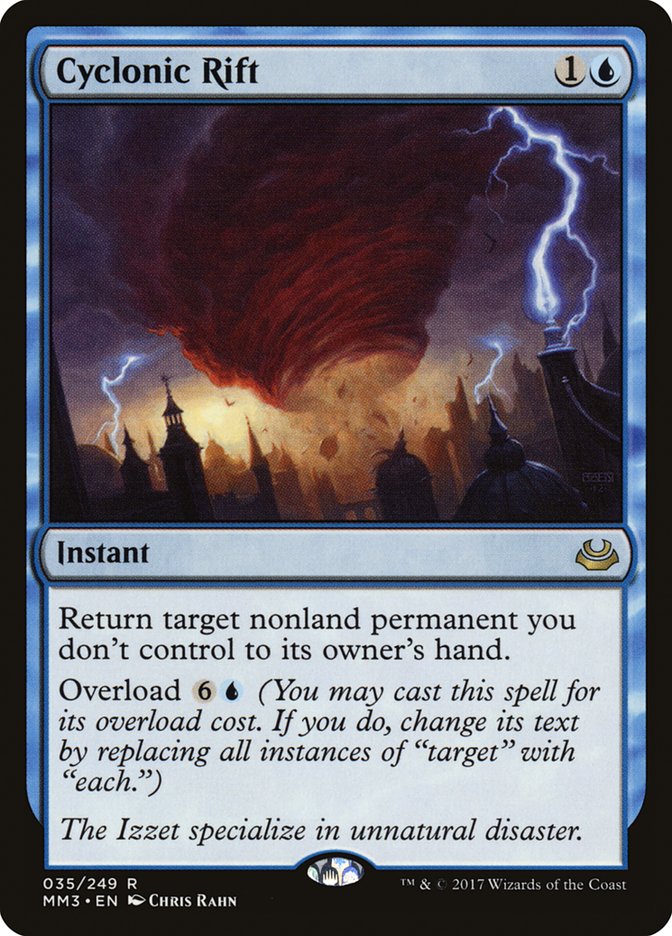
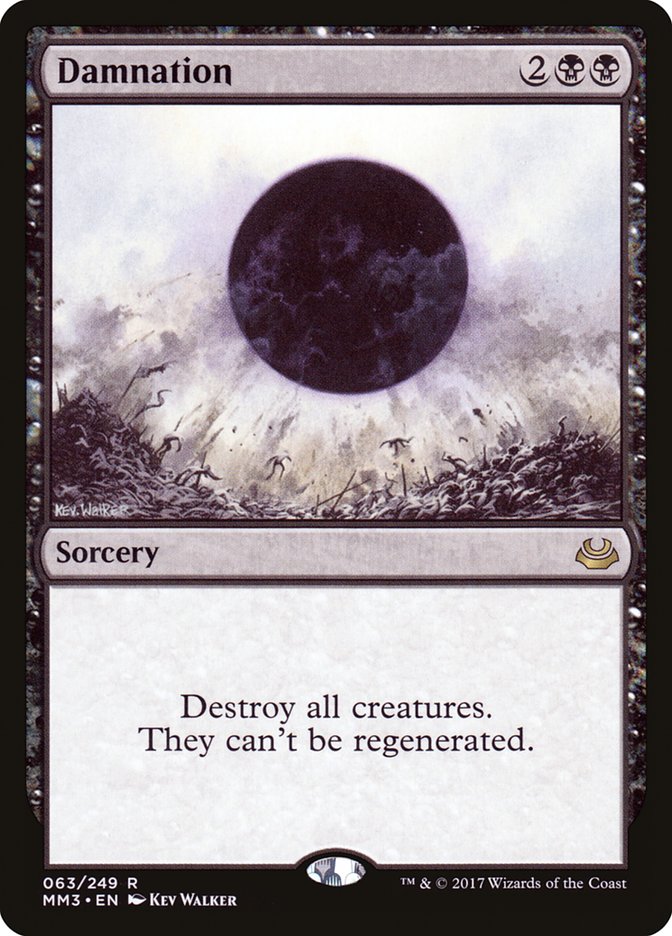
Without interaction, you’ll lose a key component of the format as well as potentially lose more games than you may have won without them. Interaction or removal is how you keep the playing field even or perhaps even in your favour. Removing a problematic Ensnaring Bridge to get your hoard of 5/5 Beasts through will win you games that you had no chance of winning without interacting. Removing problematic permanents is key to making sure you stay ahead in the game especially going into mid to late game.
The Tutors (4 Cards)
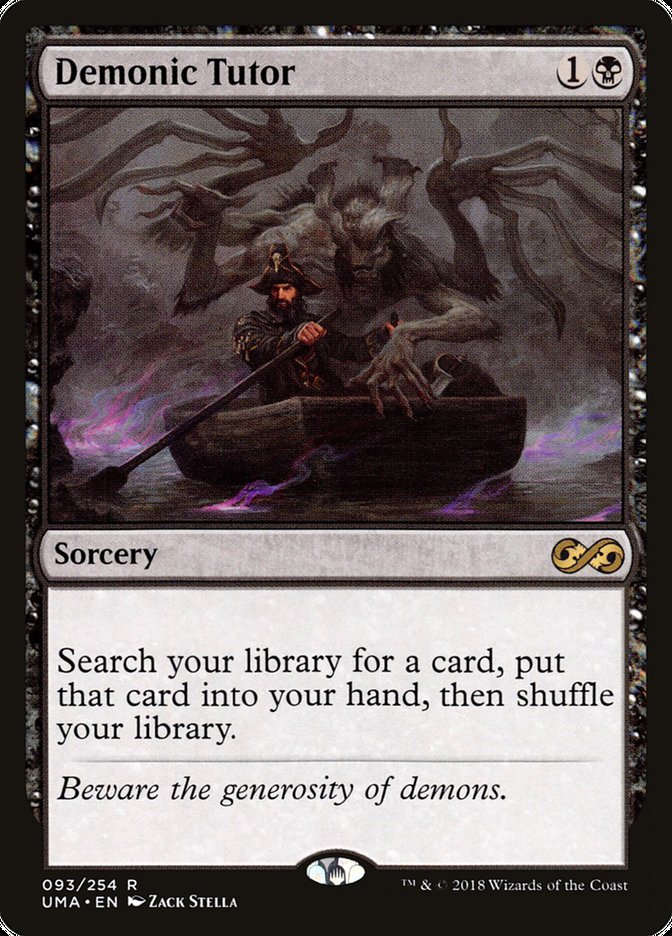
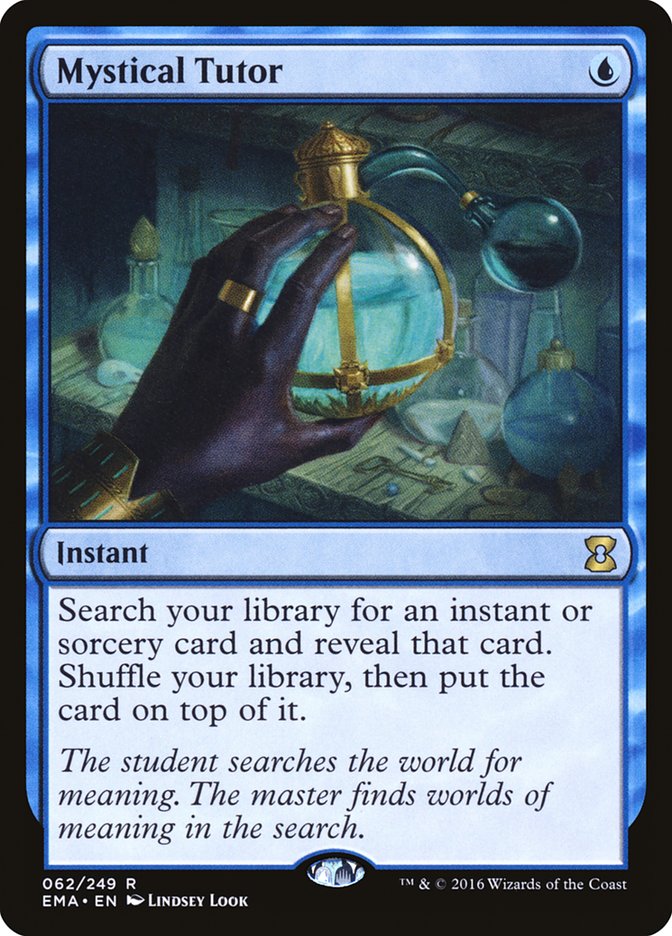
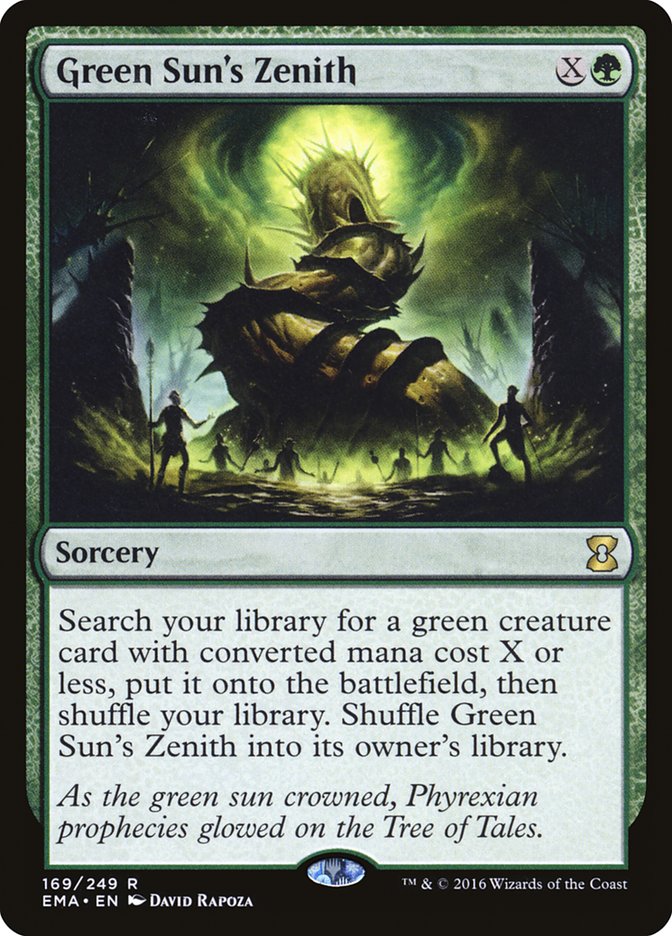
This is a category that often has its number cut down for a lower power level and budget. I always suggest that you at least run a handful. They drastically increase the deck’s consistency and will keep you in several games. The ability to find silver bullets or get one of your value engines will help you get out of last place in a four-player game. Tutoring for a board wipe, interaction, or ramp is incredibly important in a hundred card singleton deck. The odds of you seeing one particular card in your deck isn’t particularly high. Tutors act as a second copy of your cards. If you cut down on this area, you should likely redistribute into value, interaction or if it goes into the plan, consider putting it in enablers for the core plan.
Overall, that’s a basic blueprint for building a commander deck. While not set in stone, I find this helps people get on the right general track for building their decks. Perhaps later I’ll go more in-depth as to specific slots to help you narrow down your card choices even further and how the mana curve will play into things. Until then, stay safe and enjoy brewing!

